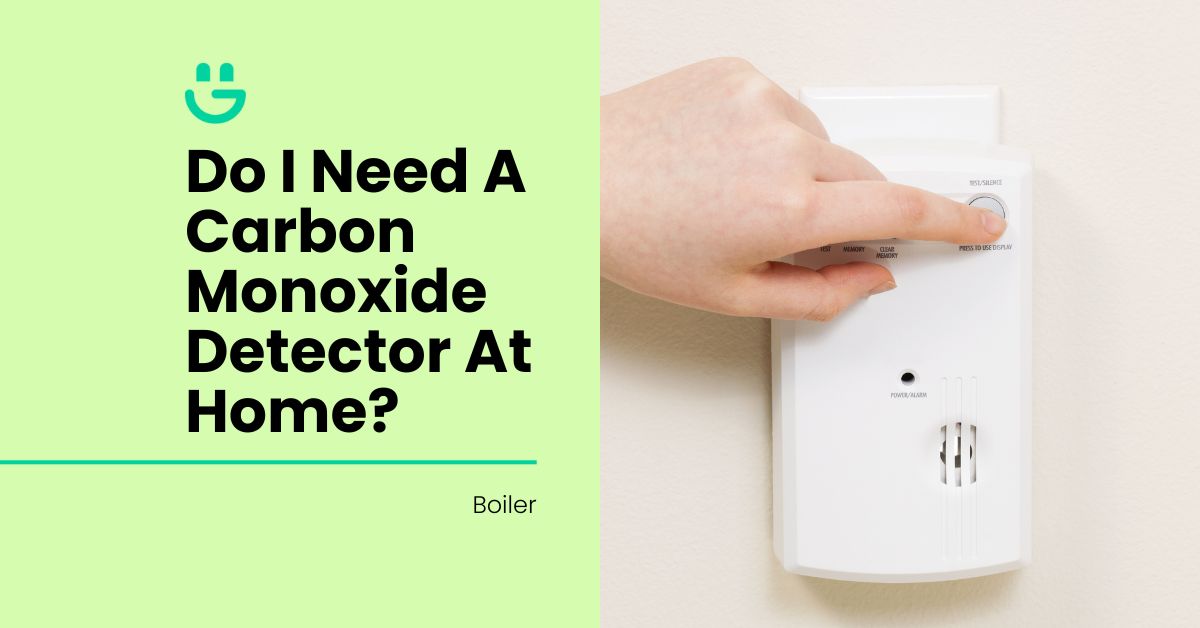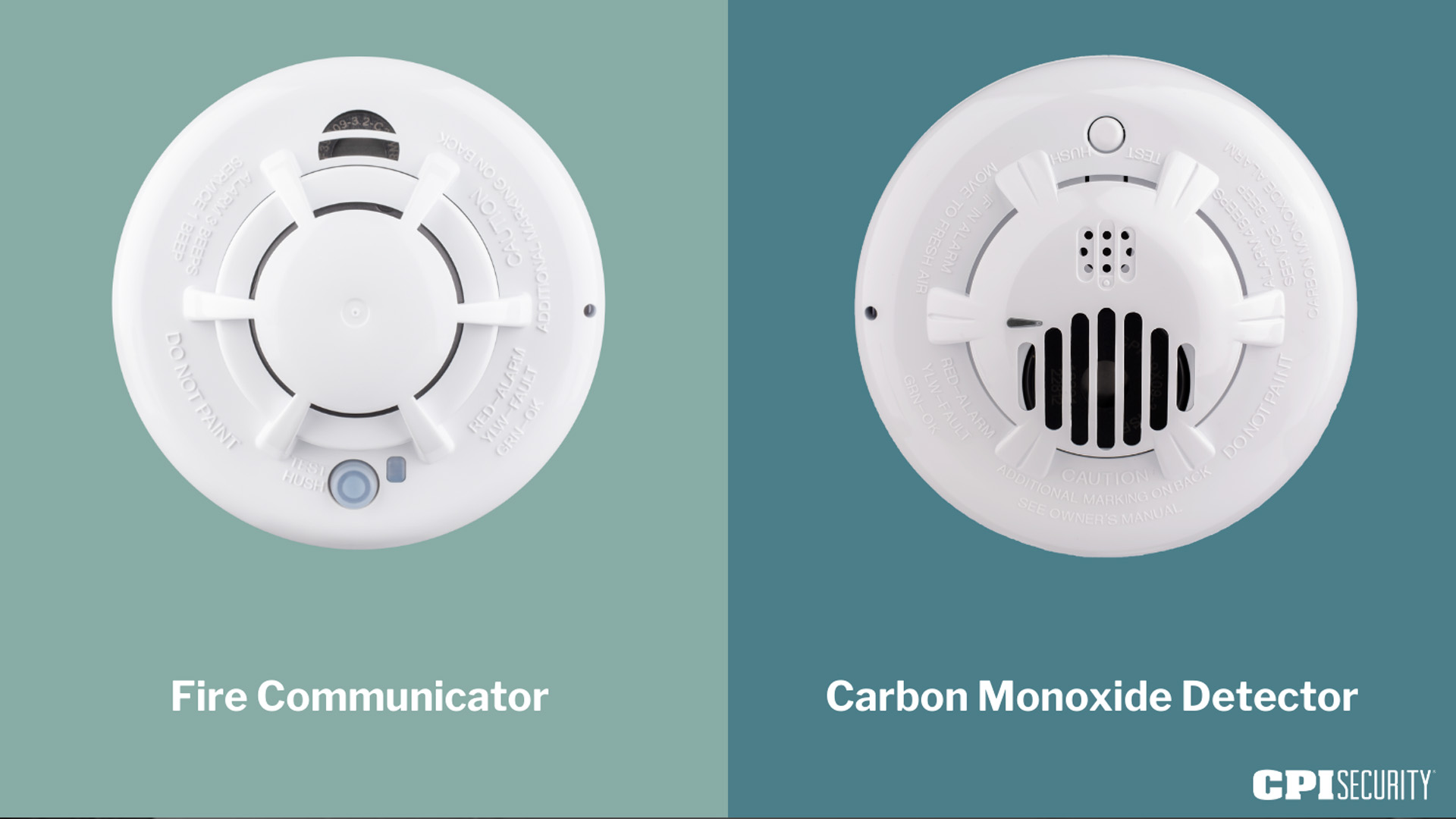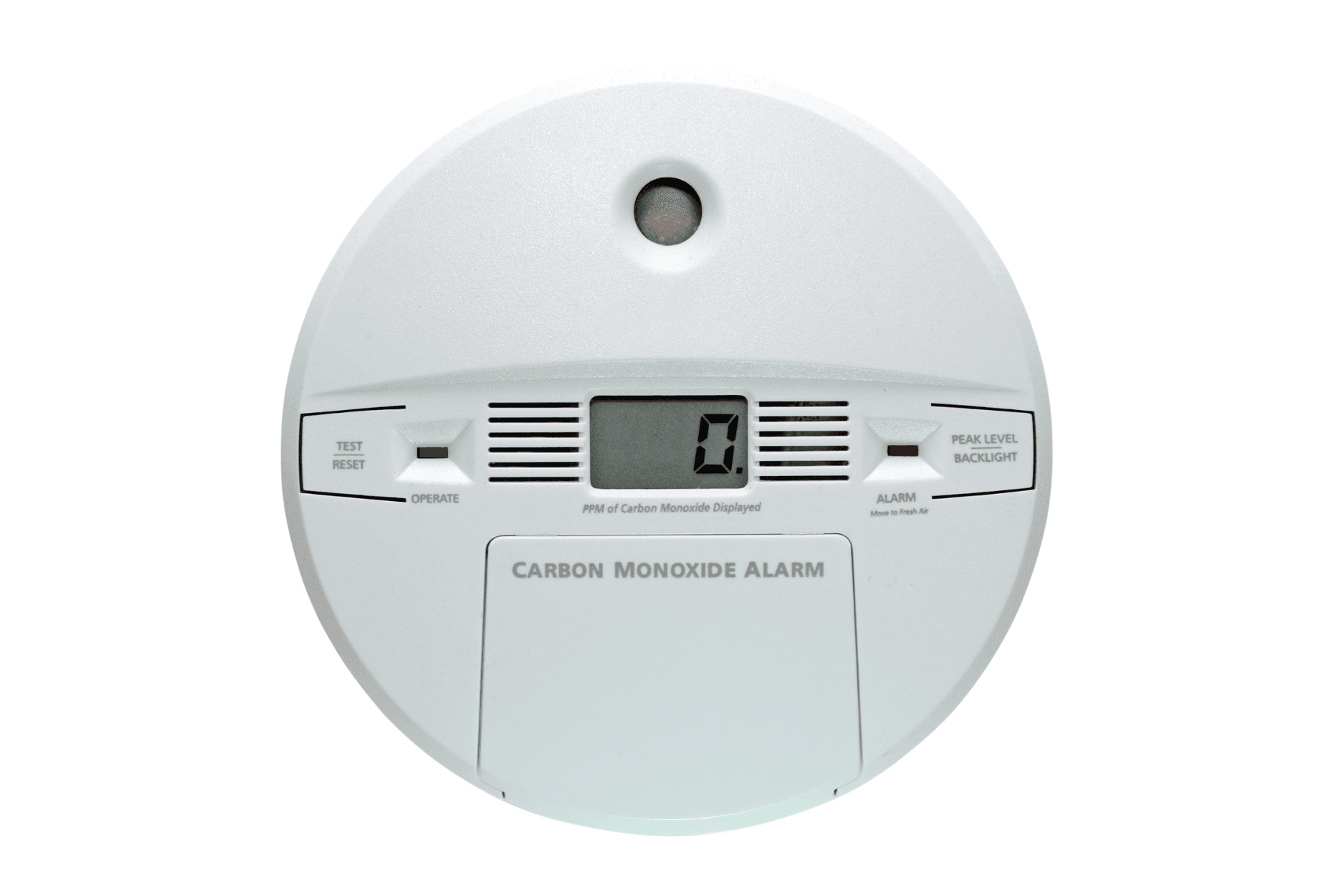What Do Carbon Monoxide Detectors Detect

In the quest for energy efficiency and lower utility bills, homeowners and businesses often focus on high-efficiency HVAC systems, smart thermostats, and better insulation. But before you dive deep into these upgrades, there's a crucial safety component that deserves your immediate attention: the carbon monoxide (CO) detector. While it doesn't directly impact your energy consumption, a functional CO detector is vital for a safe and healthy environment, indirectly protecting your energy-saving investments by ensuring the safe operation of fuel-burning appliances.
Understanding Carbon Monoxide: The Silent Threat
Carbon monoxide is a colorless, odorless, and tasteless gas produced by the incomplete combustion of fuels like natural gas, propane, oil, kerosene, wood, and even gasoline. Because it's undetectable by human senses, it's often called the "silent killer." Exposure to CO can cause a range of symptoms, from headaches and dizziness to unconsciousness and death. Children, pregnant women, and individuals with pre-existing heart or respiratory conditions are particularly vulnerable.
The danger arises from CO's ability to bind to hemoglobin in the blood, preventing it from carrying oxygen throughout the body. This oxygen deprivation can lead to serious health problems and even death within minutes at high concentrations.
What Do Carbon Monoxide Detectors Actually Detect?
Carbon monoxide detectors don't detect smoke, natural gas, propane, or other hazardous gases. Their sole purpose is to measure the concentration of carbon monoxide (CO) in the air. These devices are designed to trigger an alarm when CO levels exceed a certain threshold, giving occupants time to evacuate and address the source of the leak.
Electrochemical Sensors: The Industry Standard
Most CO detectors utilize electrochemical sensors. These sensors contain a chemical solution that reacts with CO, generating an electrical current. The strength of the current is directly proportional to the concentration of CO in the air. A microchip analyzes the current and triggers an alarm if the CO level reaches a dangerous level for a specific duration.
Electrochemical sensors are generally considered more reliable and accurate than older types of CO detectors, such as biomimetic sensors. They also have a longer lifespan, typically around five to ten years.
Metal Oxide Semiconductor Sensors
Another type of CO sensor is the metal oxide semiconductor. These sensors use a metal oxide material that changes its electrical resistance in the presence of CO. While less common than electrochemical sensors, they can be used in certain applications, particularly in portable CO detectors.
CO Detector Sensitivity and Alarm Thresholds
CO detectors are not designed to detect trace amounts of CO. They are calibrated to trigger alarms at CO concentrations that pose a significant health risk. The sensitivity and alarm thresholds are regulated by standards organizations like Underwriters Laboratories (UL).
Typical alarm thresholds are based on both CO concentration (parts per million or ppm) and exposure time:
- 70 ppm: The detector must alarm within 60-240 minutes.
- 150 ppm: The detector must alarm within 10-50 minutes.
- 400 ppm: The detector must alarm within 4-15 minutes.
These thresholds are designed to provide adequate warning time to evacuate the premises before CO levels reach a life-threatening level.
Why Carbon Monoxide Monitoring Matters for Energy Efficiency
While seemingly unrelated, carbon monoxide detection is directly tied to the safe operation of fuel-burning appliances like furnaces, water heaters, and stoves. When these appliances malfunction or are not properly maintained, they can produce excessive amounts of CO. This is where the link to energy efficiency comes in. An appliance producing excessive CO is almost certainly operating inefficiently.
Here's how CO detection supports energy efficiency:
- Early Detection of Inefficient Combustion: A CO alarm could be an early indicator of a furnace that isn't burning fuel efficiently. This could be due to a clogged burner, a faulty heat exchanger, or other maintenance issues. Addressing these issues promptly can restore the furnace to optimal efficiency, saving you money on fuel costs and potentially extending the lifespan of the appliance.
- Preventing Catastrophic Failures: A neglected furnace with combustion problems can eventually lead to catastrophic failure, requiring expensive repairs or replacement. Regular maintenance, prompted by a CO alarm if necessary, can prevent these costly events.
- Ensuring Proper Ventilation: Adequate ventilation is crucial for the safe and efficient operation of fuel-burning appliances. A CO alarm can be a sign that ventilation is inadequate, leading to incomplete combustion and wasted energy. Improving ventilation can reduce CO production and improve overall energy efficiency.
Smart CO Detectors: Integration and Enhanced Safety
Smart CO detectors take safety and monitoring to the next level. These devices offer several advantages over traditional detectors:
- Remote Monitoring: Smart detectors can send alerts to your smartphone or tablet if CO is detected, even when you're away from home. This allows you to respond quickly to potential emergencies, regardless of your location.
- Integration with Smart Home Systems: Many smart CO detectors can integrate with other smart home devices, such as smart thermostats and smart lighting systems. For example, a CO alarm could automatically turn off the furnace and turn on the lights to facilitate evacuation.
- Data Logging: Some smart detectors log CO levels over time, providing valuable data for identifying potential problems. This information can be shared with HVAC technicians to help diagnose and repair issues.
- Voice Alerts: Certain models feature voice alerts that clearly announce the presence of CO, which can be particularly helpful for children and the elderly.
By integrating with smart thermostats, for example, the system can shut down the HVAC if CO is detected, preventing further circulation of the gas. This proactive approach not only enhances safety but also contributes to peace of mind.
Placement and Maintenance: Key to Effective CO Detection
Proper placement and maintenance are crucial for ensuring the effectiveness of carbon monoxide detectors. Here are some important guidelines:
- Install detectors on every level of your home, including the basement.
- Place detectors outside of sleeping areas to ensure you are awakened by the alarm.
- Follow the manufacturer's instructions for specific placement recommendations.
- Test detectors regularly, ideally once a month, using the test button.
- Replace batteries annually, unless the detector has a sealed 10-year battery.
- Replace detectors every five to ten years, depending on the manufacturer's recommendations. Electrochemical sensors degrade over time, so regular replacement is essential.
Avoid placing detectors near windows, doors, or air vents, as drafts can interfere with their accuracy. Also, keep detectors away from sources of humidity, such as bathrooms and kitchens.
Rebates and Incentives for Safety and Energy Efficiency
While there aren't typically specific rebates solely for purchasing CO detectors, they can often be bundled with energy-efficient HVAC upgrades that do qualify for incentives. Check with your local utility company, state energy office, and the Energy Star website for available rebates and tax credits for energy-efficient appliances. Upgrading to a high-efficiency furnace or water heater often includes a safety inspection that will confirm proper CO detector functionality.
Furthermore, some insurance companies offer discounts to homeowners who install smart home safety devices, including smart CO detectors. Contact your insurance provider to inquire about potential savings.
Partnering with HVAC Professionals
Working with a qualified HVAC contractor is essential for ensuring the safe and efficient operation of your fuel-burning appliances. A professional technician can perform routine maintenance, identify potential problems, and repair any issues that could lead to CO production. This includes:
- Furnace inspections and tune-ups: Cleaning burners, inspecting heat exchangers, and adjusting fuel-air mixtures.
- Water heater inspections: Checking for leaks, inspecting the burner, and ensuring proper venting.
- Chimney inspections: Ensuring proper draft and clearing any obstructions that could impede ventilation.
When selecting an HVAC contractor, look for certifications from organizations like NATE (North American Technician Excellence) and inquire about their experience with energy-efficient systems.
Conclusion: Protect Your Health and Your Investment
While a carbon monoxide detector might not be the first thing that comes to mind when thinking about energy efficiency, it's an indispensable safety device that can indirectly protect your energy-saving investments. By providing early warning of combustion problems and prompting necessary maintenance, CO detectors help ensure the safe and efficient operation of your fuel-burning appliances, ultimately saving you money on energy costs and preventing potentially catastrophic failures.
Investing in a quality CO detector, maintaining it properly, and partnering with a qualified HVAC professional are all essential steps for creating a safe, healthy, and energy-efficient home or business. Consider upgrading to a smart CO detector for enhanced monitoring and peace of mind, and take advantage of available rebates and incentives to further reduce your costs. Prioritizing safety and efficiency go hand in hand, creating a sustainable and comfortable environment for years to come.










